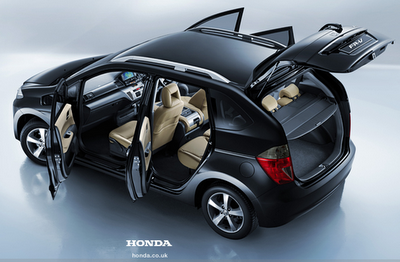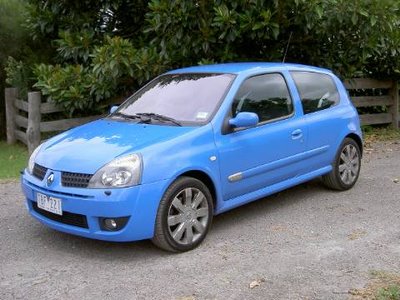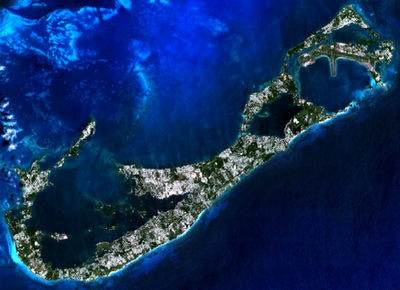
Dalghren here. I spent last weekend (September 13-15) in charming Bermuda. It was my first time there. While it is not the secret beach paradise Vieques is, it still exceeded my expectations. It is a friendly, historic, expensive, lazy island, where dark rum flows liberally (and money laundering used to).
I could write about the rich 400-year history, the unique architecture, the island's use of cisterns for fresh water, the amazing Royal Naval Cemetery, the many beautiful pink sand beaches, or the resorts and expansive golf courses. But this post is about the luxury items owned by the local Bermudians - their cars. Bermuda, comparatively speaking, is one of the most eco-conscious places I've been to. They export scrap metal, use their landfill efficiently, and their electric power plant is nearly invisible. They also have their own bottling / canning plant for all major soft drinks, which recycles bottles and cans over and over.
But with insurance and re-insurance being their biggest industry, Bermudans have very high salaries (an average income of $70,000 per year, in fact). And those who find the island's thousands of scooters to be inadequate can import their own cars. There is a one-car-per-household limit, and all cars are registered with 5-digit numbers shown on their generic license plates. And to make these cars usable, there are no car rental chains on the island. Tourists may only rent scooters if they wish to drive themselves anywhere.
So what cars do Bermudans import? Mainly A-segment cars. Internationally, cars are separated into size classes, A, B, and C.
'A' cars are what we Americans call 'sub-compact.' 'B' cars are typically 'mid-size' cars and SUVs. And 'C' cars are the full-size luxury sedans, wagons, and SUVs. I might one-day be able to produce a sideshow using Brightcove, but for now, here's a list of the A-segment (and some B-segment) cars of Bermuda:
Endurance Runners (cars purchased in the 1980s and still on the road):
I remember only three cars from the 1980s.
The venerable BMW 3-series (of course). A B-segment saloon.
The BMW 5-series (I'll always remember Norman Mailer owned one in Massachusetts). Technically, this is a C-segment car. But yesterday's C-segment is today's B-segment.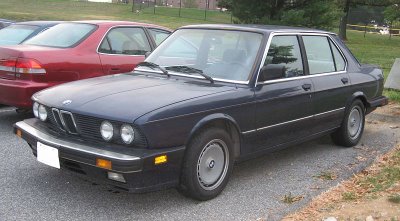
I saw two Subaru Justy's. Proof that the ECVT transmission, which was predicted to last just 100,000 miles, can last a lot longer than that. Amazing, really.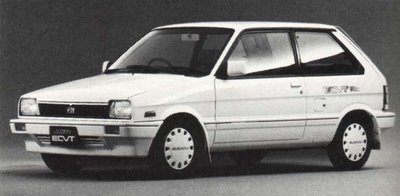
1990s cars still on the road:
The 1990s are not well-represented in Bermuda, either. But I recall seeing three fine examples.
Skoda Octavia (1st generation). This is actually a B-segment car, but is still seen around Bermuda.
Mazda 323 Mk II Sports Sedan. A rare car, indeed. But I saw several in Bermuda.
Contemporary Cars of Bermuda (the vast majority of cars on the road):
Most Bermudians drive cars produced during this decade. And these are the most interesting cars, as luxury features from the B-Segment have trickled-down to the A-segment due to market demand and cost-cutting in car manufacturing. And we are seeing better designs. We haven't seen bold or clever designs for A-segment cars in roughly 20 years.
Car fanatics might remember the Nissan 'Pike Factory' series from the late 1980s (the Pao, Figaro, BE-1, and S-Cargo). The practice of creating niche microcars on a shared platform continues today, and arguably has become fun again.
The most common car, it seems, is the first-generation Mazda 2, a sibling of the current Ford Fiesta and European Ford Fusion.
And the second-generation Mazda 2 is there as well. A hot new 2010 model, which shares its chassis with the next-generation Ford Fiesta.
The Suzuki Swift is still produced.
The European Ford Fusion. In Mexico, this is known as the Fiesta until the next-generation Fiesta is produced there in 2009.
There were a couple of Volkswagen Polos.
The popular new convertible is the Renault 206 Cabrio.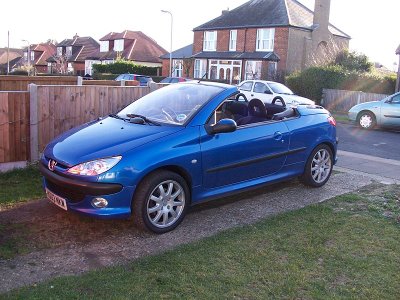
The Peugeot 206, the basis for the champion rally car.
And it's successor, the Peugeot 207.
The second-generation Renault Megane hatchback is there (third-generation coming soon).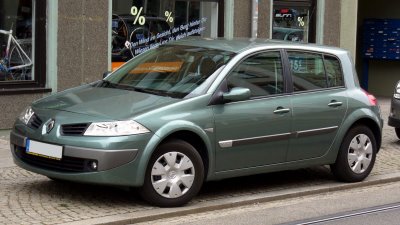
And the Megme's cousin, the Nissan Tida (known as the Nissan Versa in the USA).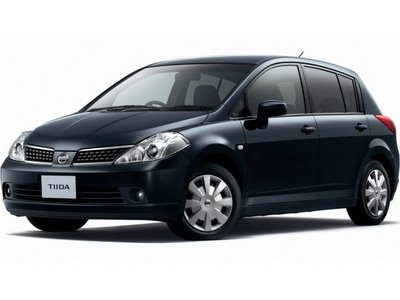
My girl loved the Nissan March. It should be noted that because the March is based on the old Nissan K10 platform, it is related to the cute 'Pike Factory' cars introduced in Japan 20 years ago. And like those cars, the March is unique, stylish, and is extremely appealing to women drivers.
And finally, a family mover that I thought was beautifully designed - the Honda FR-V. I am not a minivan guy, but it was hard not to admire the FR-V for maximizing interior space in a car slightly larger than a Ford Focus. It looks like a Fit, except it's fatter. It might be the widest new car available in Bermuda. I am no fan of front bench seating for three (or minivan-style, dash-mounted shift levers), but it is interesting that the FR-V is available with an old-school front bench seat. Besides the ugly Fiat Multipla, it is the only 6-passenger microvan in the world.
